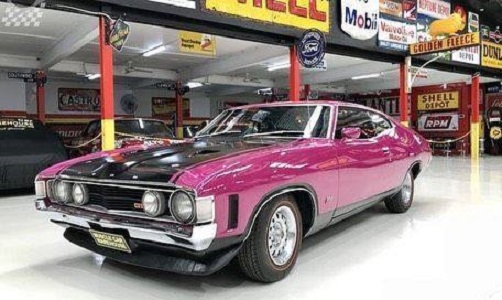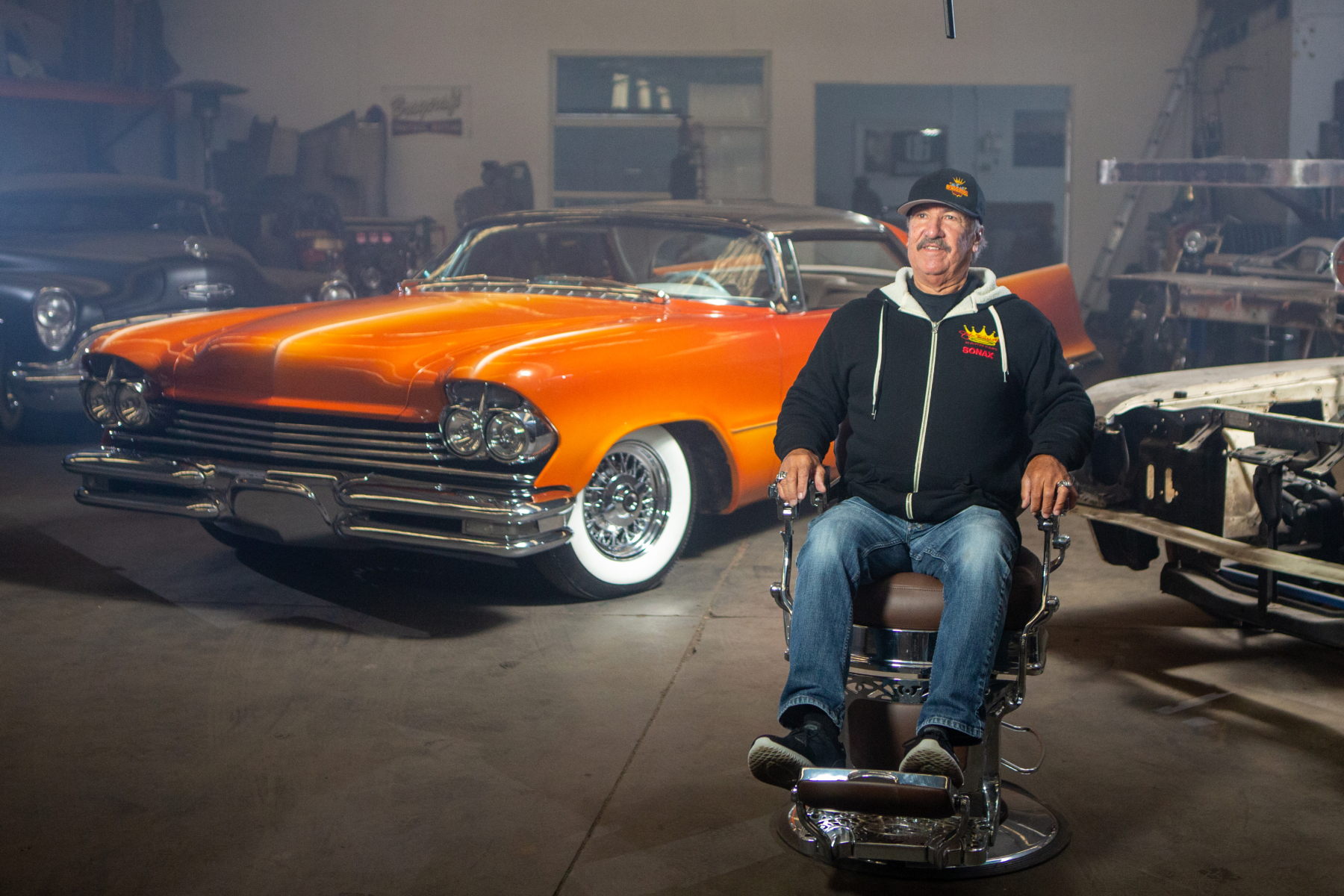

The term ‘muscle car’ is attributed to a US motoring journalist and the car he was writing about at the time; a specially equipped 1964 Pontiac Tempest. However, by the 1970s, muscle cars were appearing everywhere, but most likely built in the United States.
Starting in 1964 and ending in 1971-72 the era of the muscle car saw a mid-size or even ‘compact’ models re-powered with the biggest V8 engine that the engineers could sneak past the accountants and the manufacturer could sneak past the regulators.
As a hint to what rumbled beneath, most muscle cars had an air-intake poking through the engine cover, some feeding two or three huge carburetors. They may, like Australia’s Falcon GT, have come with a silly cartoon character as their logo, or even a ‘Meep Meep’ horn as fitted to a model called the Roadrunner.
Historians will point way back to the 1940s and Oldsmobile’s Rocket 88 as the original ‘muscle’ car. It was fast, relatively cheap to buy and even mentioned in several popular songs of the 1950s. Then during the Fifties came Chrysler’s ‘letter series’ 300 with Hemi engines. These were not cheap and didn’t sell in big numbers, but they did win lots of Nascar motor races and promoted Chrysler products to a lot of car buyers.
The concept of a low-cost car with a big engine and ‘youth appeal’ surfaced in 1964 when Pontiac offered the ‘GTO Pack’ to help boost sales of its uninspiring Tempest.
Four years after the GTO had fostered a seemingly unstoppable trend, its own position in Pontiac’s range was under threat. The 1968 car had grown larger and slower, it was also more expensive and became irrelevant in a market that was addicted to increasing levels of performance. Models feeding that addiction during 1969-70 included Ford’s Torino, the Dodge Charger, Plymouth Super Bee and Buick GS.
Even more significant was the emergence of a ‘super muscle’ category which encompassed cars like the L71 Chevrolet Camaro, Boss 429 Mustang, Dodge Hemi Challenger and related Plymouth Hemi ‘Cuda. These were among the fastest street-legal cars ever made – certainly the fastest accelerating. They were also way cheaper to buy than imported sports cars with inferior performance.
Australia played a part too, but our time in the muscle car limelight was short-lived. During 1971 this country built both the fastest four-door sedan in the world and the fastest-accelerating six-cylinder car on the planet but within 12 months both were gone.
Political reaction to models under development by Australia’s ‘Big Three’ manufacturers brought rapid changes to local Production Car race rules the disappearance of our ultra-fast road cars.
The vacuum didn’t last long though and by the mid-1980s Australian manufacturers and their subsidiaries has rediscovered models that were in every sense muscle cars, just not described as such.
Peter Brock’s HDT Commodores led to the development of much faster SV300 and W427 models. Ford’s FG Cobra, six-cylinder turbocharged Falcons and even Toyota’s TRD Camry were able to dwarf the performance of their 1970s predecessors yet double in the role of docile family transport.
Enthusiast Motor Insurance specialises in cover for very special and rarely used performance cars. Our ‘Drive Less…Spend Less’ cover ensures that the cost of your insurance reflects the distance your vehicle travels each year. For a Quick Quote visit www.enthusiast.com.au and if you need further assistance call 1800 10 10 44 to contact a member of Enthusiast’s team.

